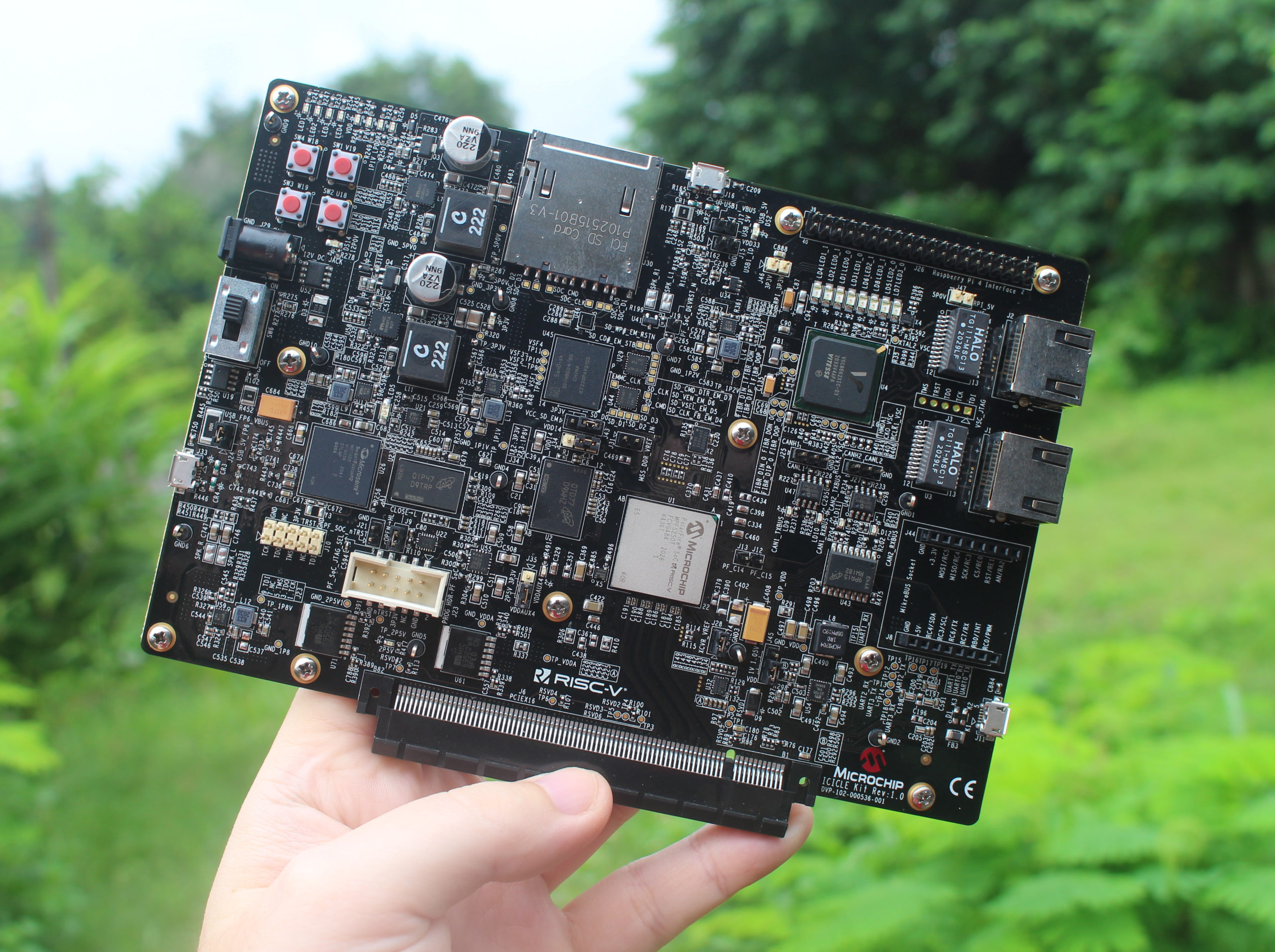Time: 2025-04-09 11:29:46View:
Actel (now part of Microchip Technology) specializes in low-power, flash-based FPGAs with high reliability, making them ideal for aerospace, defense, medical, and industrial applications.

Key Series:
ProASIC3 – Low-power, flash-based FPGAs
IGLOO – Ultra-low power for portable/battery-operated devices
Fusion – Mixed-signal FPGAs (with analog components)
SmartFusion/2 – FPGA + ARM Cortex-M3/M4 (SoC solutions)
Actel FPGAs come in various packages, optimized for different applications:
| Package Type | Description | Common Use Cases |
|---|---|---|
| QFN (Quad Flat No-lead) | Compact, low-profile, good thermal performance | Portable devices, space-constrained designs |
| TQFP (Thin Quad Flat Pack) | Standard leaded package, easy prototyping | Industrial, automotive |
| BGA (Ball Grid Array) | High pin count, better signal integrity | High-performance computing, networking |
| CSBGA (Chip-Scale BGA) | Ultra-small, minimal footprint | Wearables, medical implants |
| PQFP (Plastic Quad Flat Pack) | Cost-effective, moderate pin count | Consumer electronics |
Key Considerations for Package Selection:
Size & PCB Space → CSBGA/QFN for compact designs, BGA for high-density layouts.
Thermal Performance → BGA/QFN for better heat dissipation.
Manufacturing Complexity → TQFP/PQFP for easier hand assembly, BGA requires reflow soldering.
Signal Integrity → BGA is best for high-speed designs.
a. Define Requirements:
Power Consumption → IGLOO for ultra-low power, ProASIC3 for balanced performance.
Logic Density (LUTs, Gates) → Choose based on design complexity.
I/O Requirements → Check voltage levels (1.2V, 1.5V, 1.8V, 2.5V, 3.3V).
Special Features → Fusion for analog, SmartFusion for ARM + FPGA.
b. Package Selection:
Portable/Wearable → CSBGA or QFN (smallest size).
Industrial/Automotive → TQFP or BGA (rugged, high reliability).
High-Speed Designs → BGA (best signal integrity).
c. Development Tools & Ecosystem:
Libero IDE (Microchip’s official FPGA design suite).
SoftConsole (for ARM-based SmartFusion FPGAs).
Third-party tool support (Synopsys, Mentor Graphics).
| FPGA Family | Best For | Common Packages |
|---|---|---|
| IGLOO | Ultra-low power (battery-operated) | QFN, CSBGA |
| ProASIC3 | General-purpose, low power | TQFP, BGA |
| Fusion | Mixed-signal (ADC, PWM) | TQFP, BGA |
| SmartFusion2 | FPGA + ARM Cortex-M3/M4 | BGA, TQFP |
Official Distributors: Microchip Direct, Digi-Key, Mouser, Vemeko.
Datasheets & User Guides: Microchip FPGA Page
Development Kits:
IGLOO Nano (Low-cost evaluation)
SmartFusion2 Evaluation Kit (ARM + FPGA)
| Application | Best Series | Recommended Model | Package | Key Features |
|---|---|---|---|---|
| Ultra-Low-Power (IoT, Sensors) | IGLOO Nano | AGLN250V2-QN68 | QFN-68 | 0.03 mW/MHz, 32 MHz Cortex-M1 |
| Motor Control (Industrial) | ProASIC3 | A3P250-PQG208 | TQFP-208 | 250k Gates, 1.5V-3.3V I/O |
| Medical Devices | Fusion | AFS600-FGG256 | BGA-256 | Integrated ADC/PWM |
| 5G/Communications | SmartFusion2 | M2S010-FGG484 | BGA-484 | Dual-Core ARM Cortex-M3 |
| Military/Aerospace | RT ProASIC3 | RTAX4000S-CG352 | BGA-352 | Radiation-Hardened |
Step 1: Define Core Parameters
Power Consumption:
< 1 mW → IGLOO Nano (e.g., AGL030V5-VQ80)
Medium → ProASIC3E (e.g., A3PE600-FGG400)
Logic Density:
10k-100k Gates → IGLOO (AGLxxx)
100k-1M Gates → ProASIC3 (A3Pxxx)
1M Gates → SmartFusion2 (M2Sxxx)
Step 2: Special Features
Analog Interfaces: → Fusion Series (AFS600)
Security: → SmartFusion2 with Crypto-Core
Extreme Environments: → RT ProASIC3 (up to 175°C)
Step 3: Package Selection
Hand Prototyping: TQFP-144 (easy assembly)
High Frequency: BGA-484 (better signal integrity)
Miniaturized: CSBGA-81 (3.5×3.5 mm)
Libero IDE (Free version for small FPGAs)
FlashPro Programmer (for all flash-based FPGAs)
Example Projects: GitHub "Microsemi-FPGA-Examples"
IGLOO Nano: In stock at Vemeko (from €4.50/unit)
SmartFusion2: 12-week lead time (chip shortage)
For low power & small size → IGLOO (QFN/CSBGA)
For mixed-signal designs → Fusion (TQFP/BGA)
For ARM + FPGA integration → SmartFusion2 (BGA)
For cost-sensitive industrial apps → ProASIC3 (TQFP)